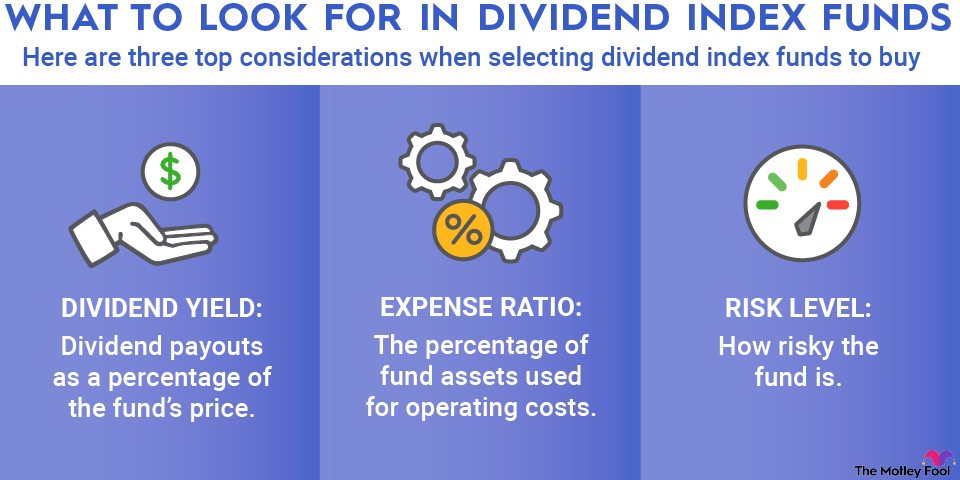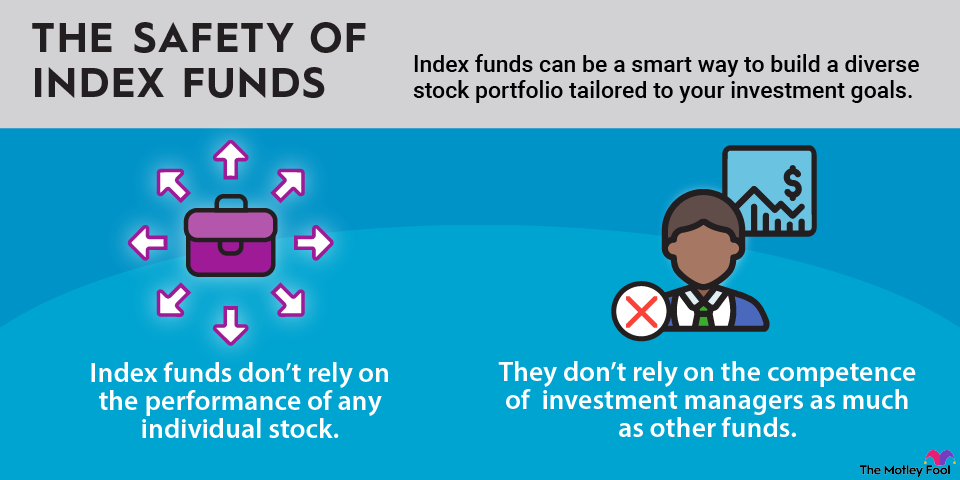The Vanguard Small-Cap ETF is an attractive option if you want to invest in companies with the most growth potential. The fund tracks the CRSP U.S. Small-Cap index, focusing on U.S. companies in the bottom 2% to 15% by market cap. The median market cap of the roughly 1,340 stocks in the ETF is $8.5 billion.
Investing in a low-cost, small-cap index fund ETF such as the Vanguard Small-Cap ETF can boost your overall returns. However, due to its small-cap focus, this ETF's performance can be more volatile than other investments.
















